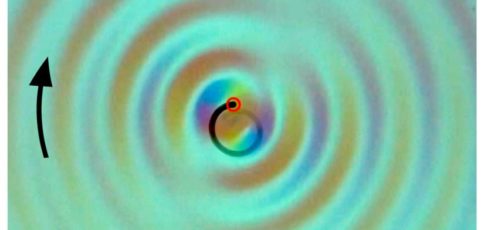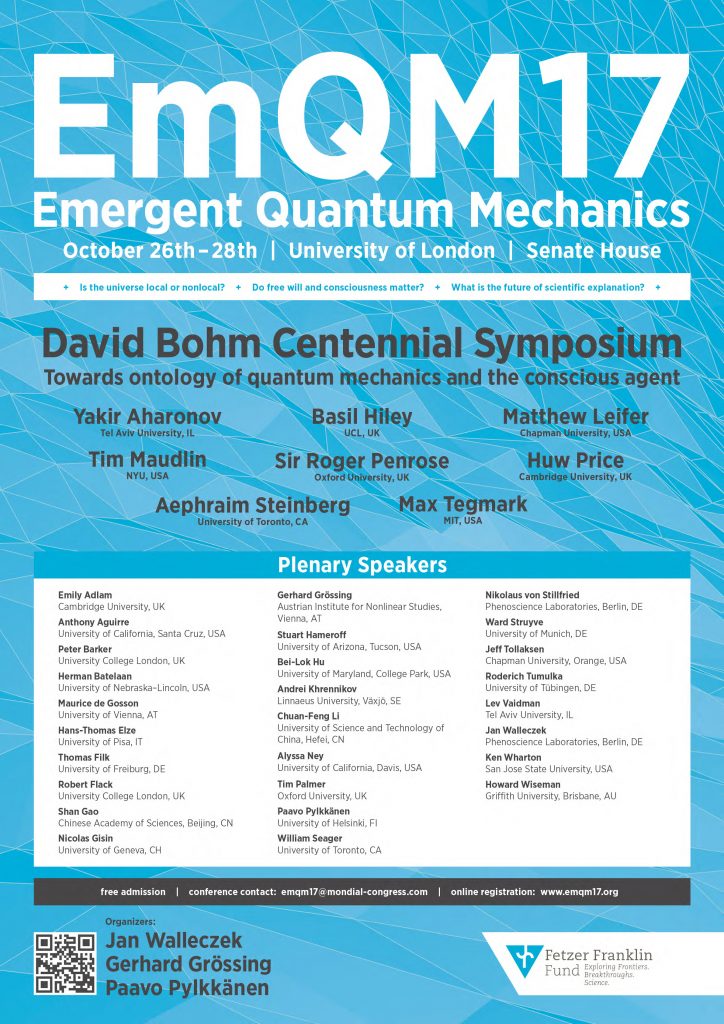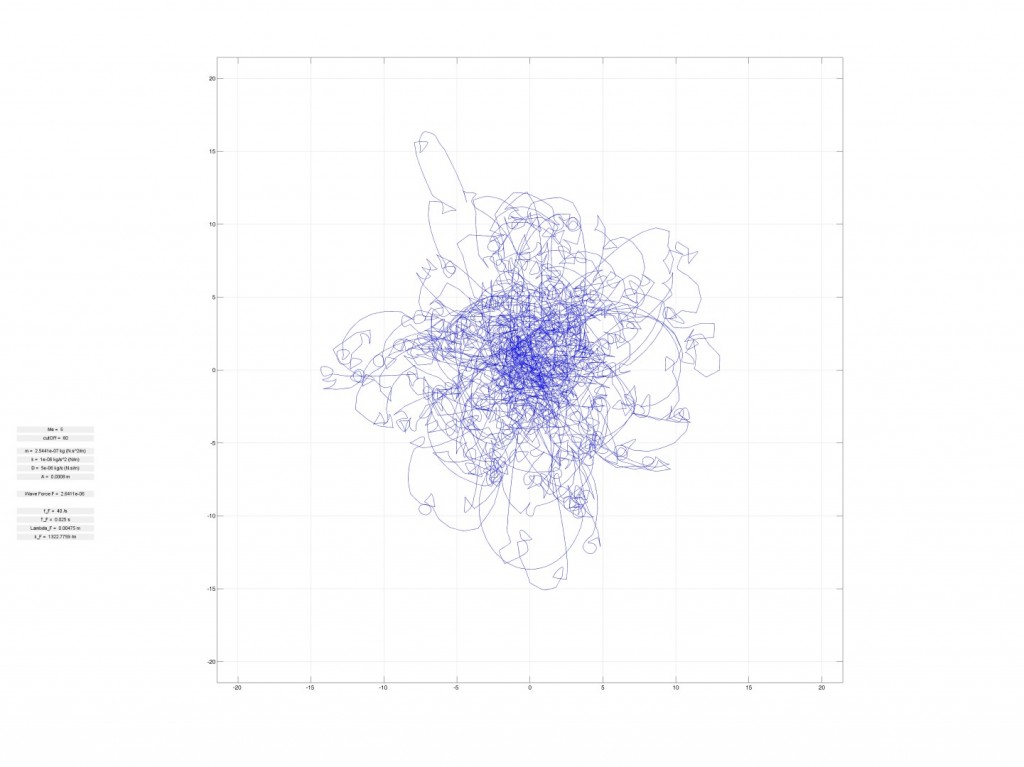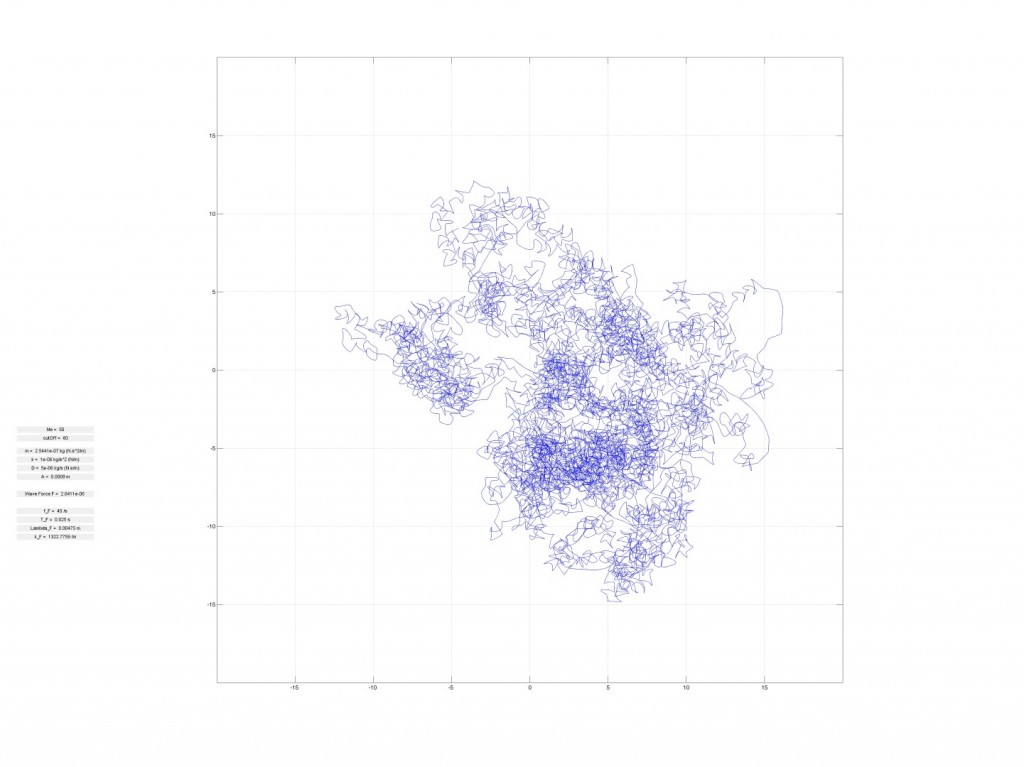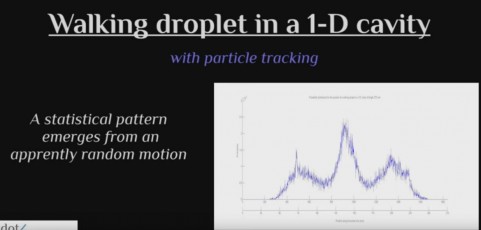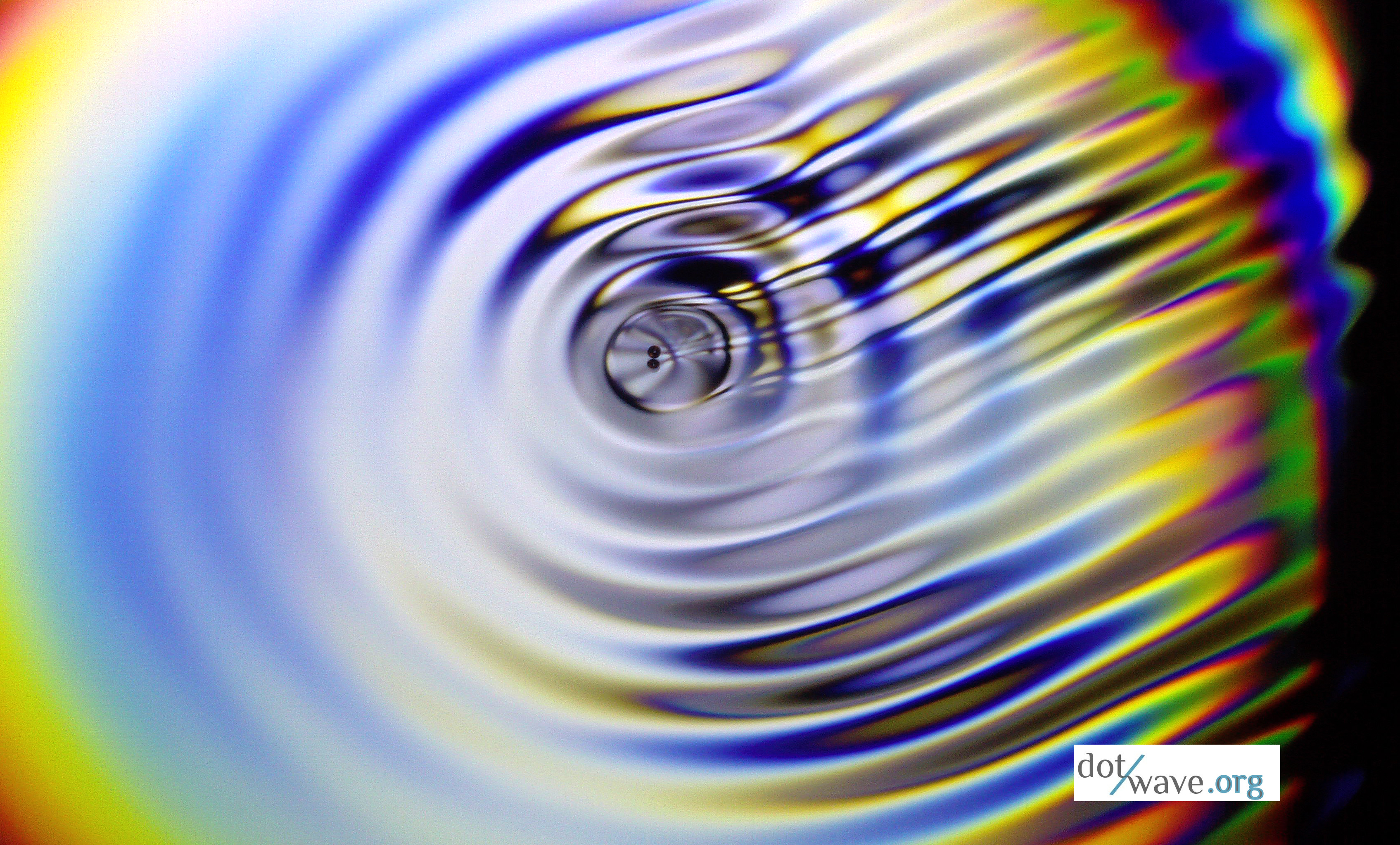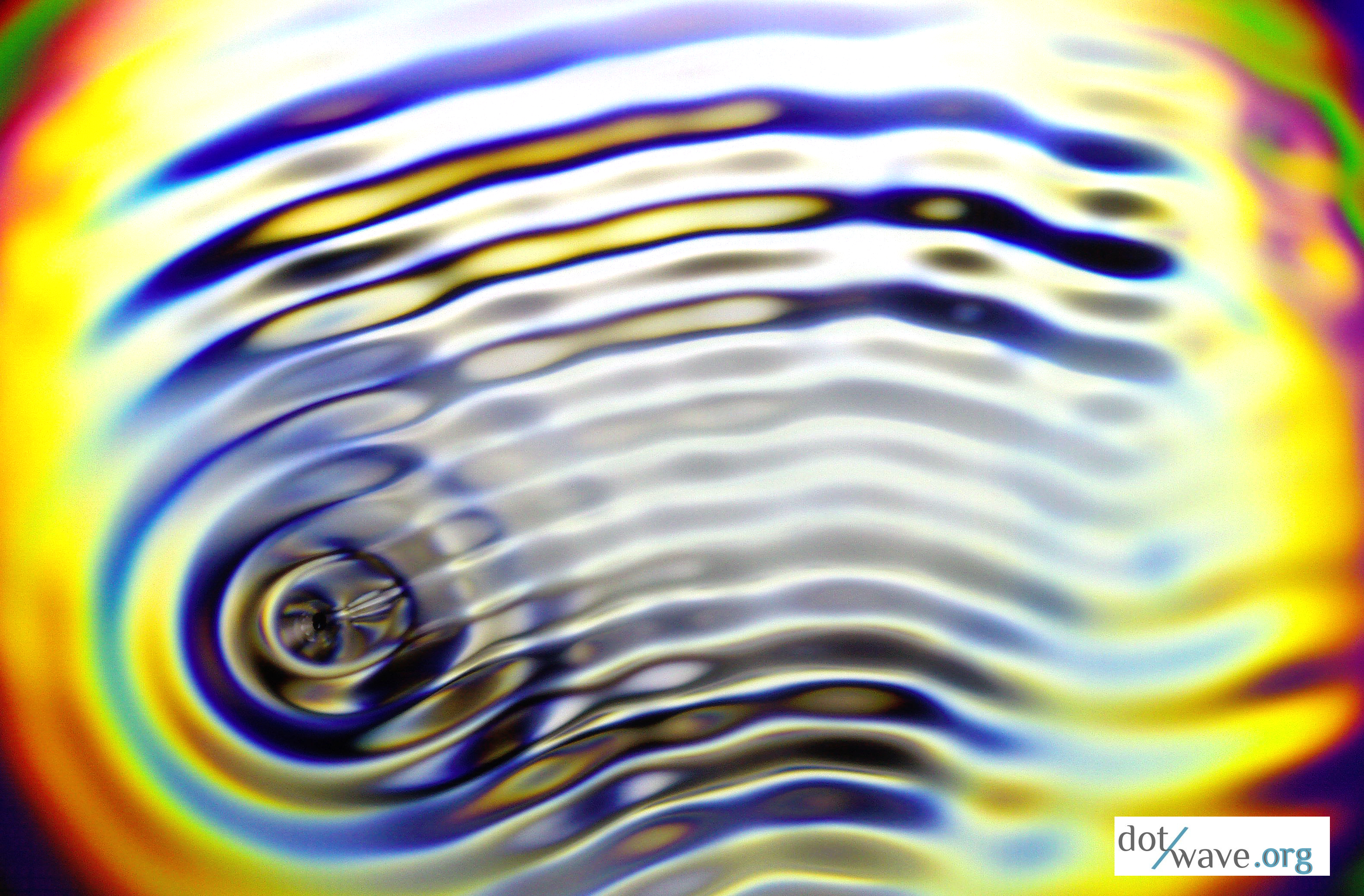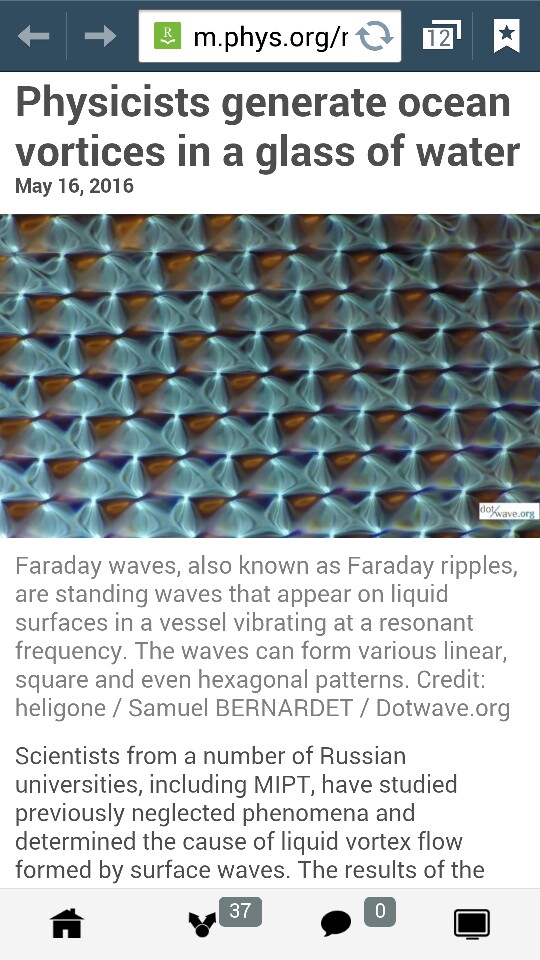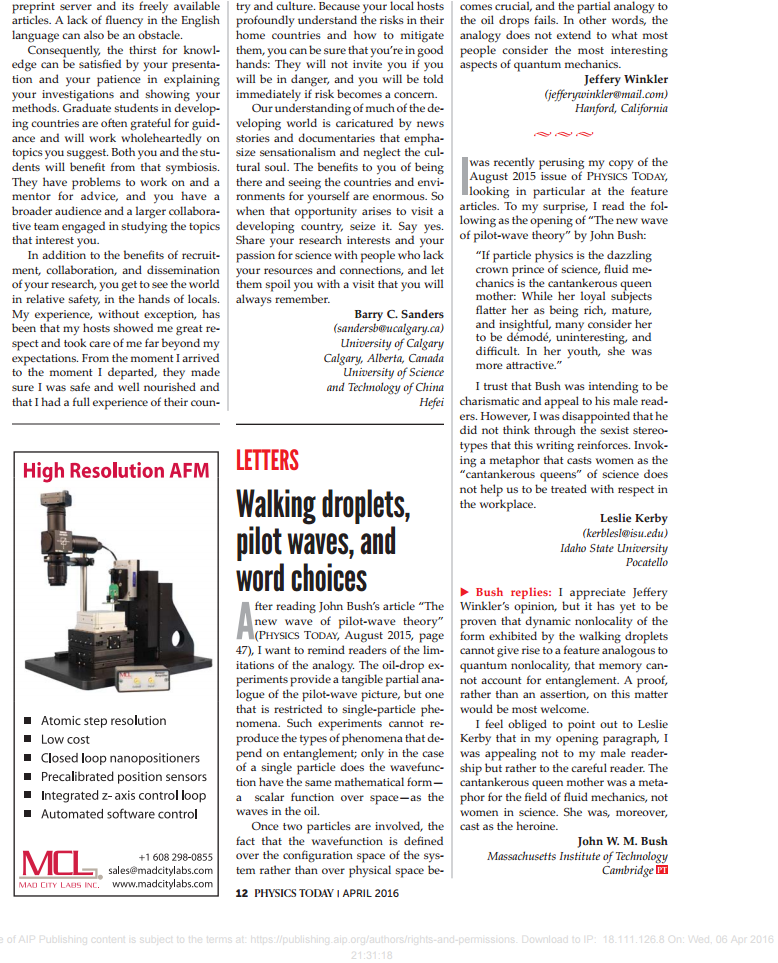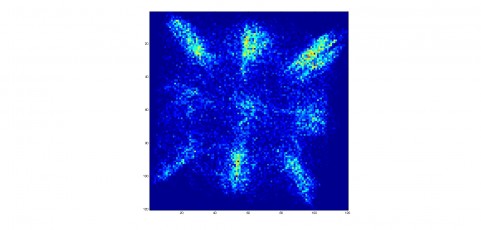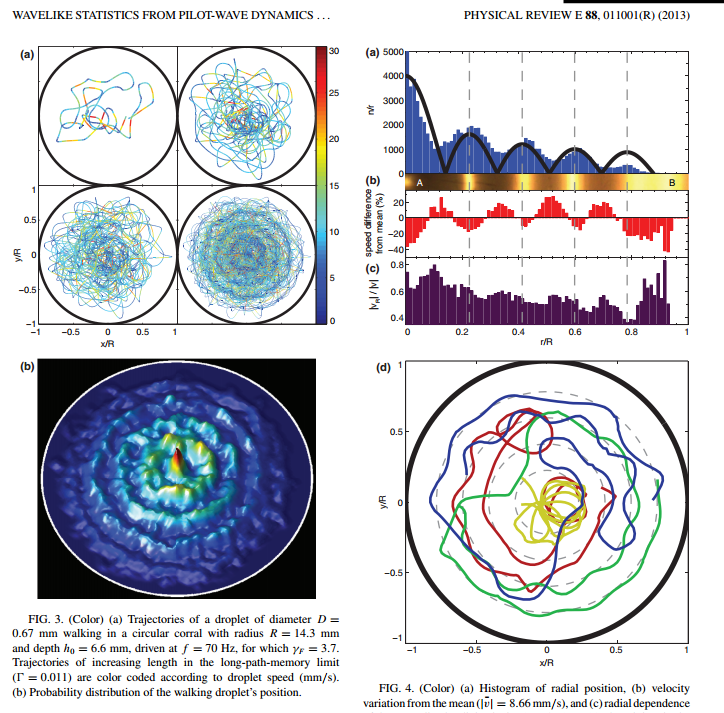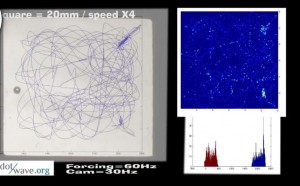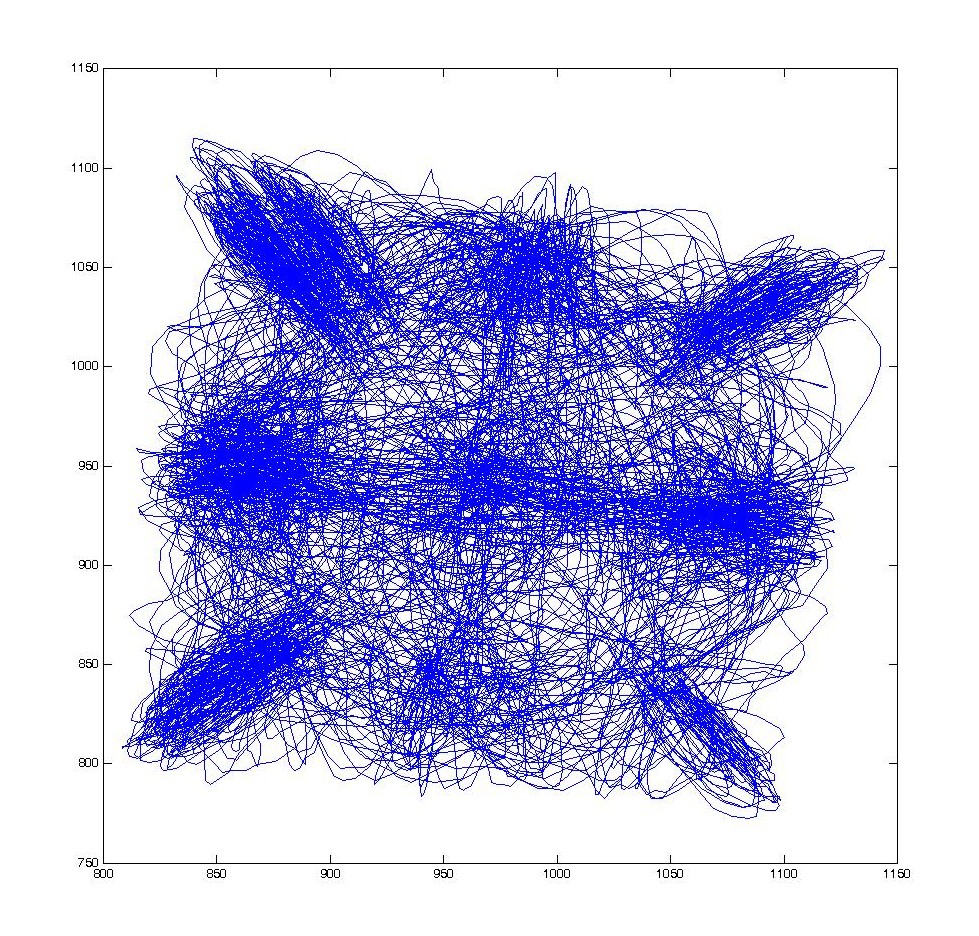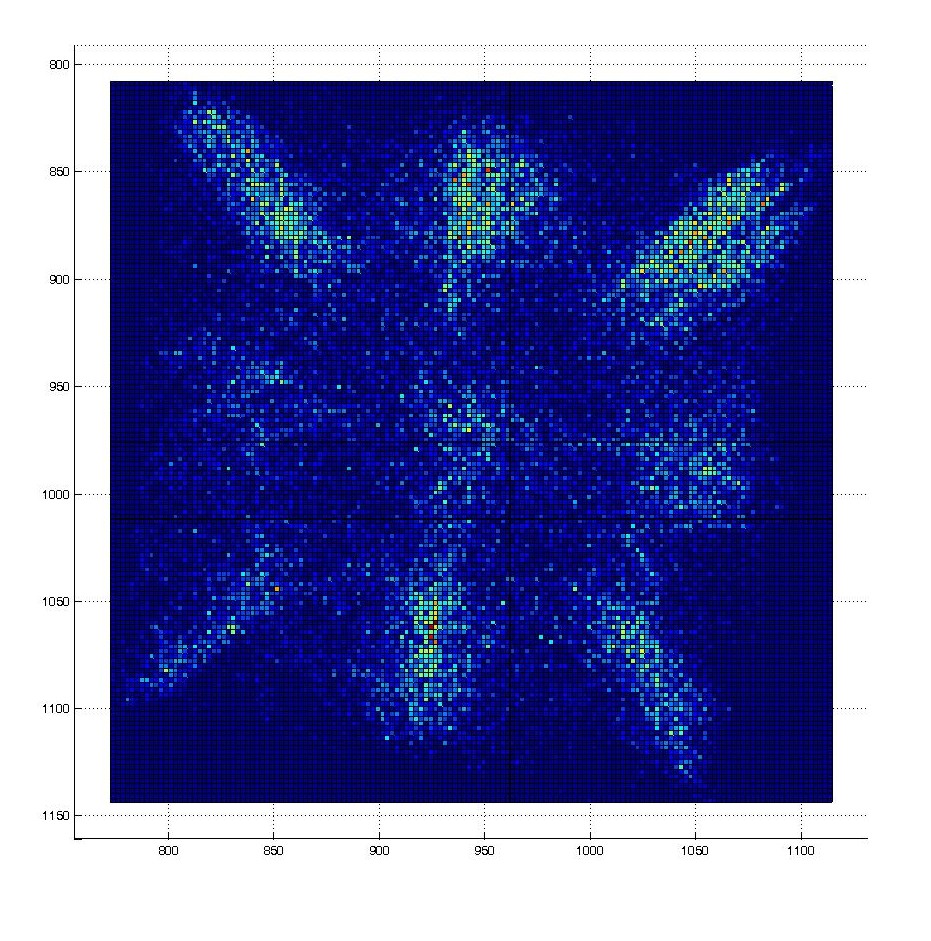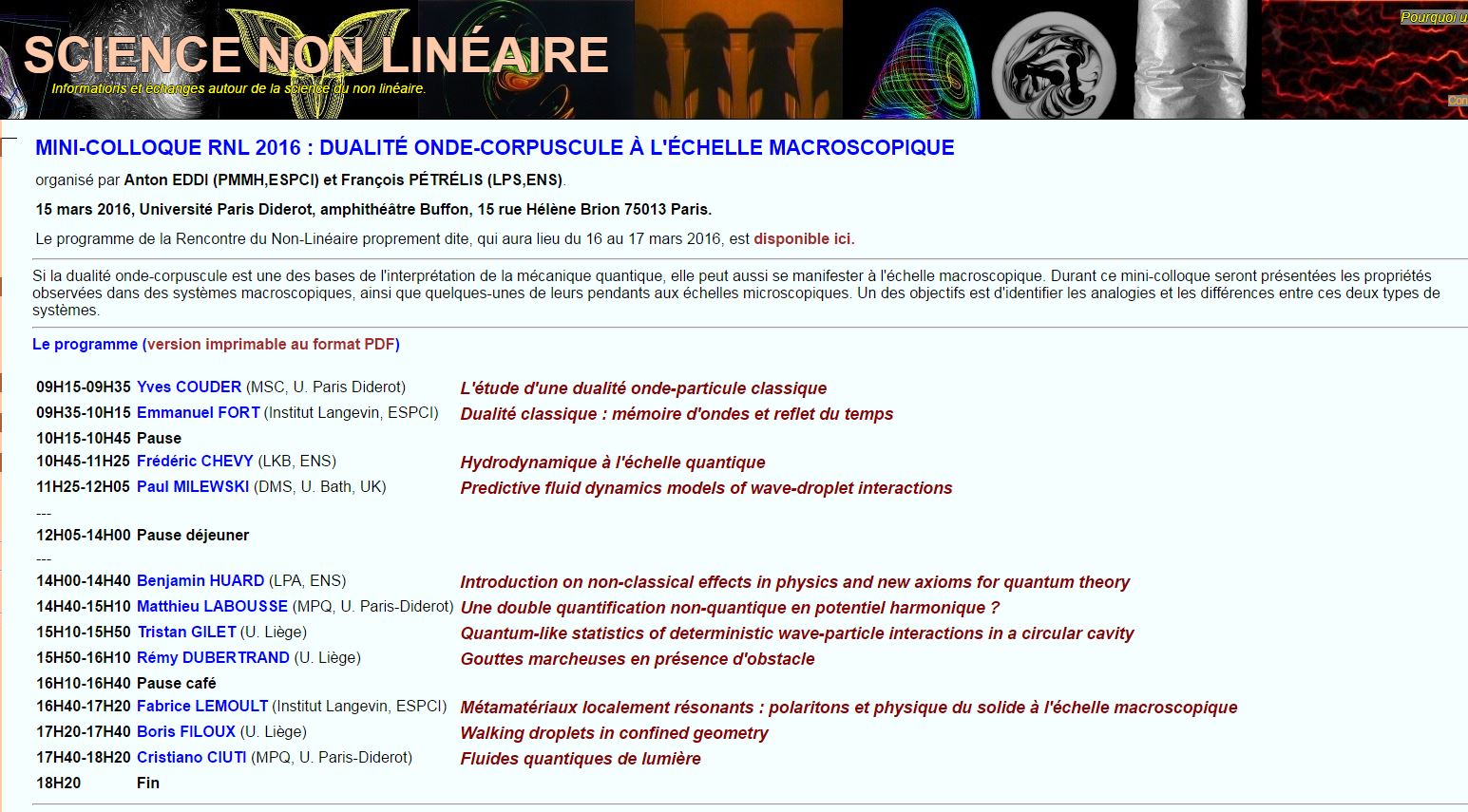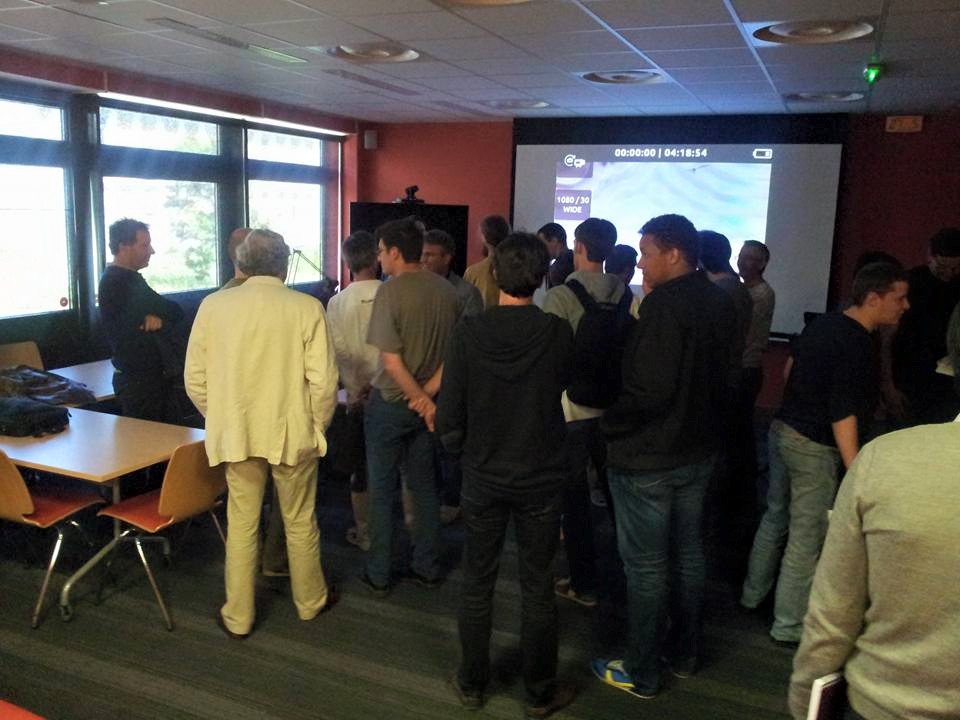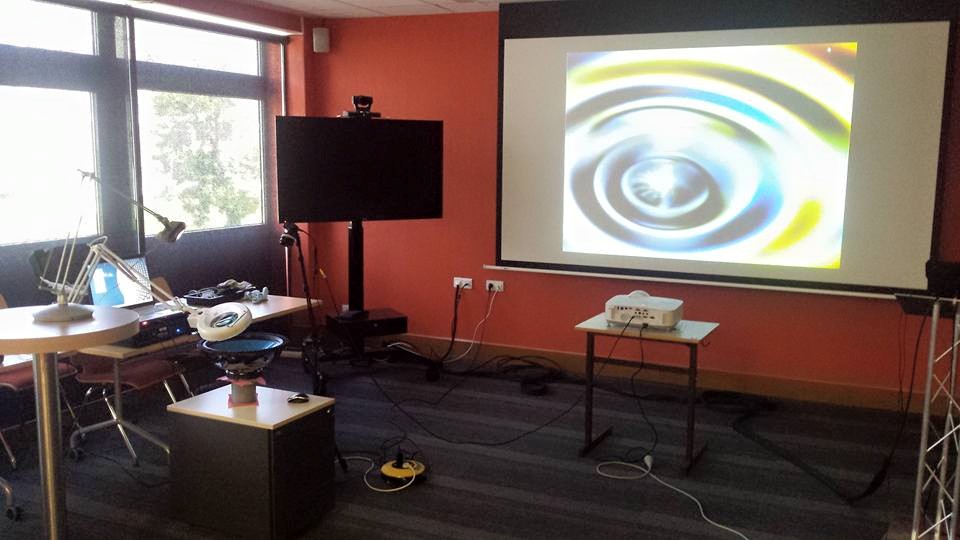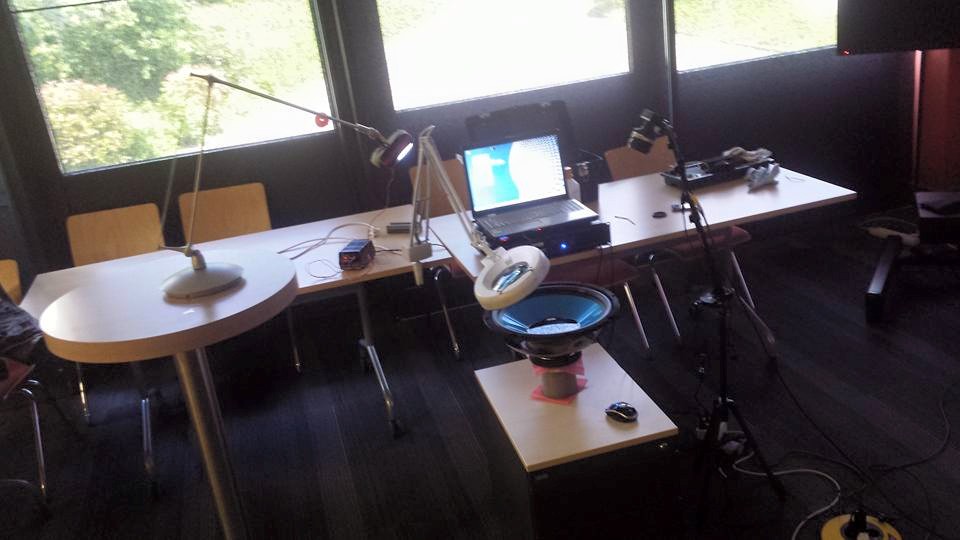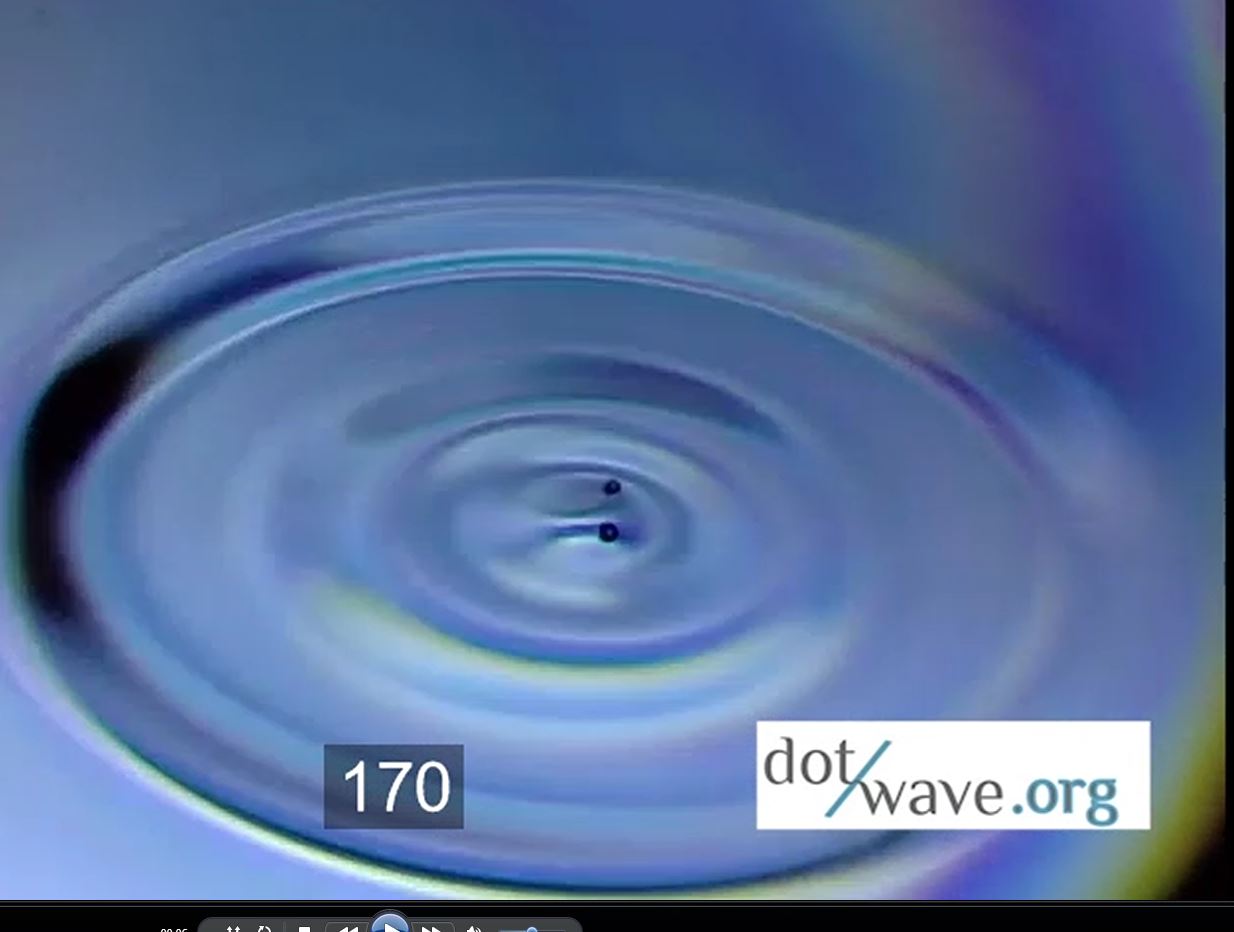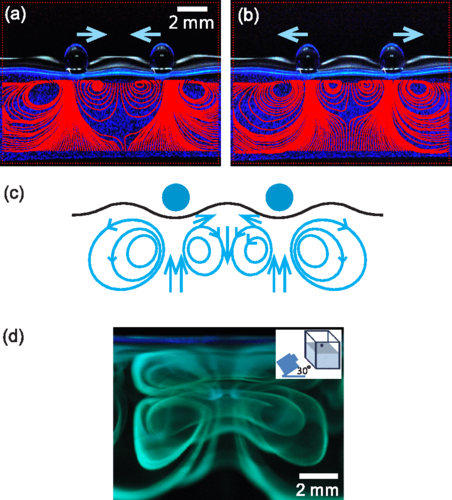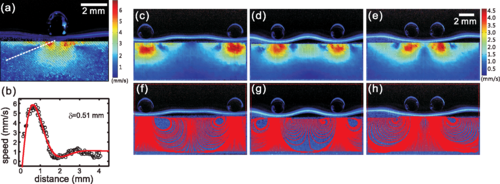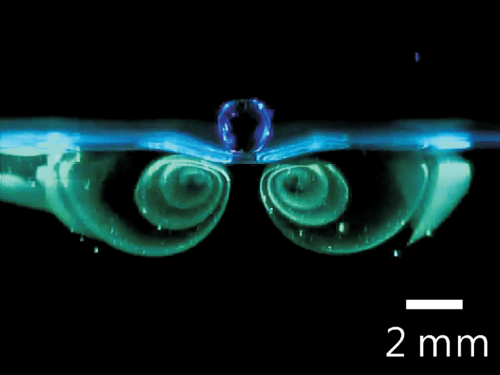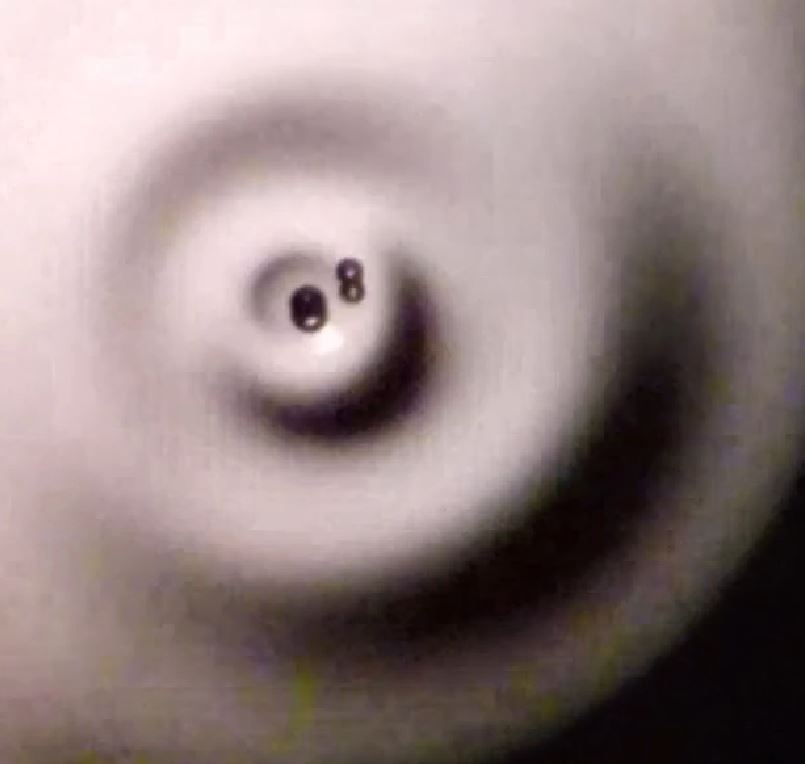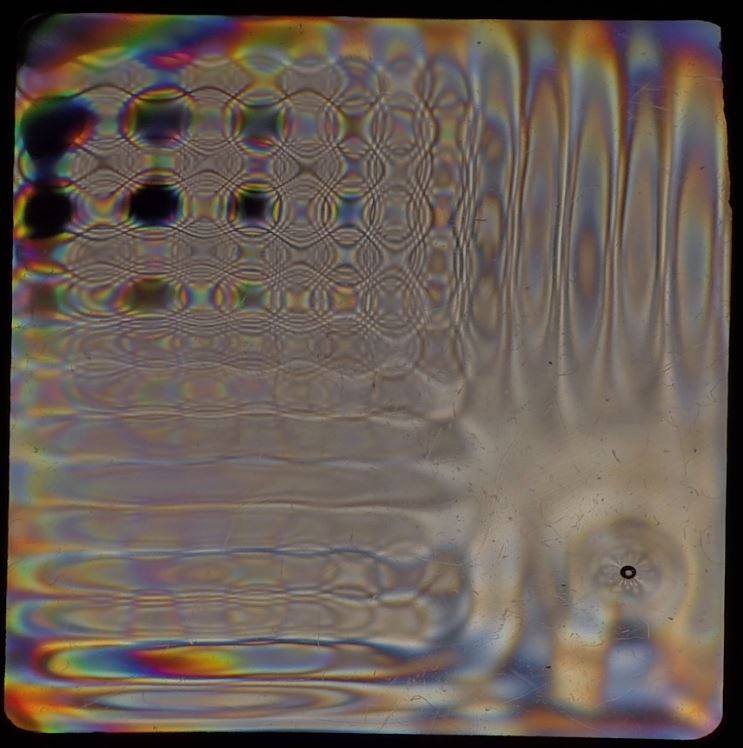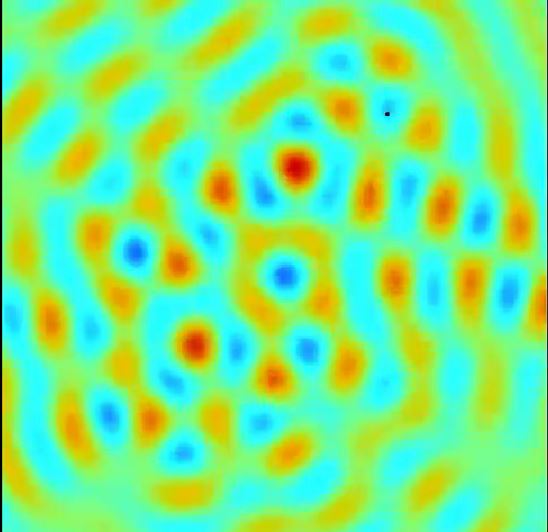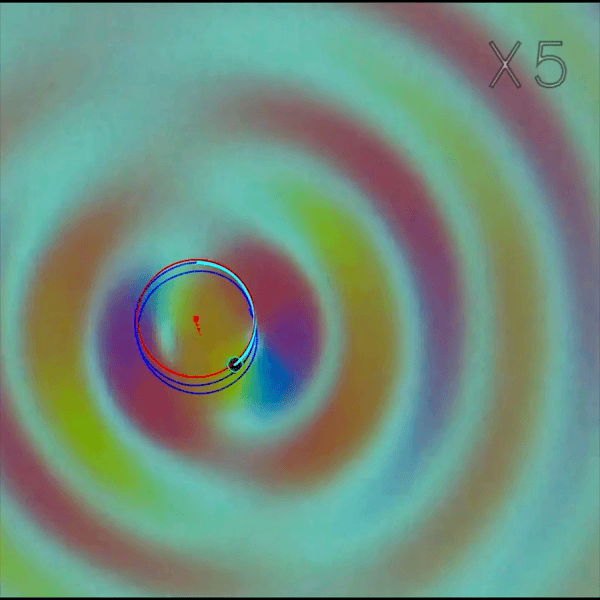
Is it possible for a free particle to spontaneously start spinning around a point without anything in the center of its path? The answer is yes.
Researchers at the Langevin Institute have just shown that a drop bouncing on a vertically vibrating liquid bath could remain captive to the waves it emitted during these successive bounces on the bath’s surface (see video). As in a kind of wave ballet, the drops first become walkers, propelled on the surface of the bath by the waves they emitted during their previous bounces. Then, spontaneously, they start to turn according to well-defined orbits, maintained in this perpetual movement by their past waves. It is in a way a “wave memory” that maintains them. The spontaneous emergence of a “spin” originates from the presence of a time-varying medium, the vibrating bath, which allows the emitted waves to be turned back in time and refocused on the source that initially produced them. Time-varying media are fascinating because they allow a source to be given a spatio-temporal non-locality, or more simply, to be clothed with a constantly changing past that determines its future.
Bernard-Bernardet, S., Fleury, M., & Fort, E. (2022). Spontaneous emergence of a spin state for an emitter in a time-varying medium. The European Physical Journal Plus, 137(4), 1-8.


